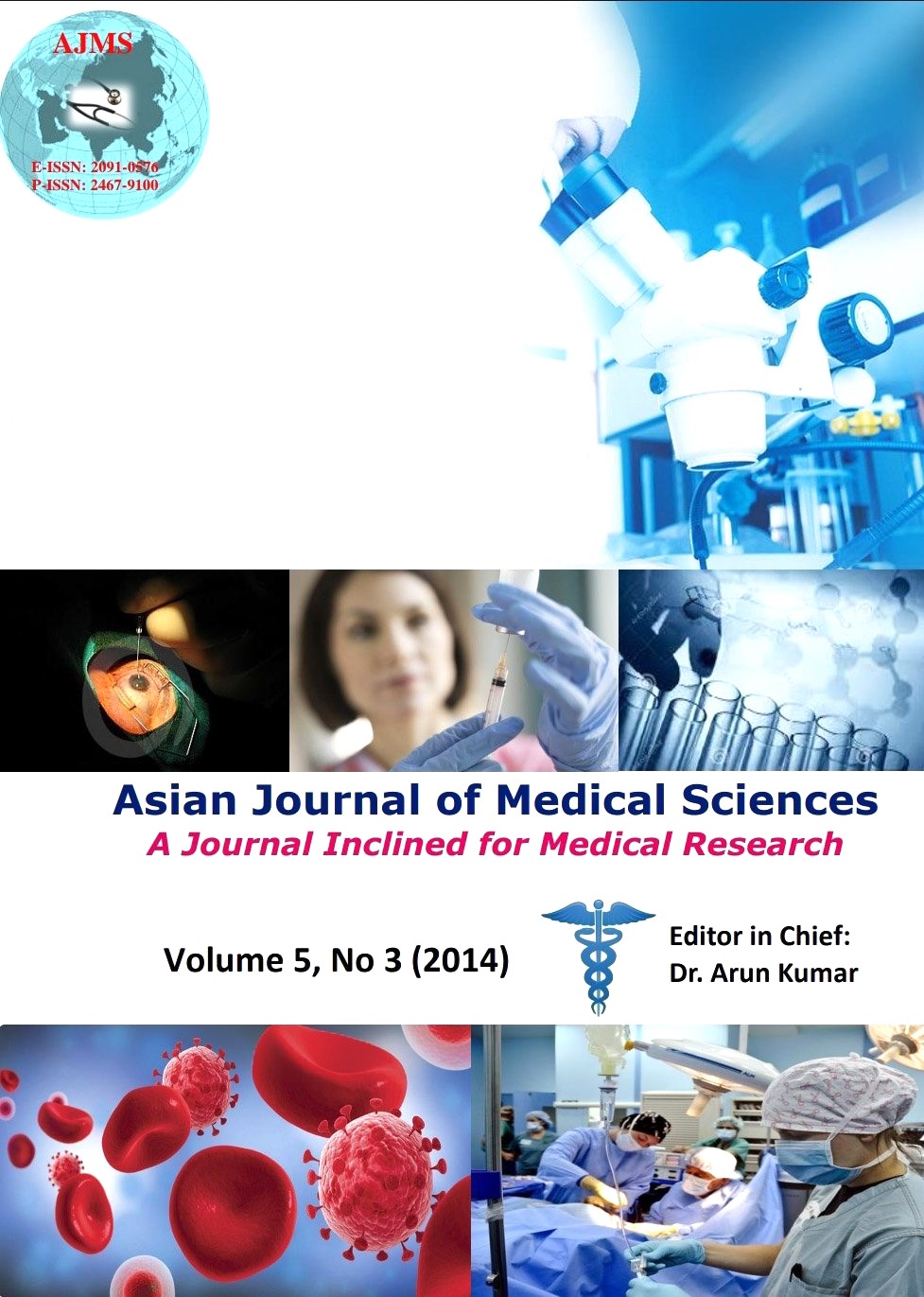Clinical management of drug resistant tuberculosis: A comprehensive review
Keywords:
Amikacin, Capreomycin, Direct observed therapy-short course, Drug resistance tuberculosis, Isoniazid, Kanamycin, Minimum inhibitory concentration, Multi drug resistance tuberculosis, Open reading frame, Pyrazinamide, RifampicinAbstract
Despite the introduction 40 years ago of the inexpensive and effective four-drug (isoniazid, rifampicin, pyrazinamide and ethambutol) treatment regimen, tuberculosis (TB) continues to cause considerable morbidity and mortality worldwide. This is because of development of drug resistance in tuberculosis strains, usually called as MDR/XDR-TB. Consequently, novel drugs and regimens for management of these drug resistant TB forms are emerging. Such regimens probably utilize both repurposed drugs and new chemical drugs. This article covers current concepts and recent advances in TB drug discovery and development. An updated review of the mechanisms of action and resistance of the main old and new anti-tuberculosis agents has been described. The consensus statements from RNTCP for management of MDR/XDR-TB have also been discussed.
Asian Journal of Medical Science, Volume-5(3) 2014: 1-9
DOI: http://dx.doi.org/10.3126/ajms.v5i3.9698
Downloads
Downloads
Published
How to Cite
Issue
Section
License
Authors who publish with this journal agree to the following terms:
- The journal holds copyright and publishes the work under a Creative Commons CC-BY-NC license that permits use, distribution and reprduction in any medium, provided the original work is properly cited and is not used for commercial purposes. The journal should be recognised as the original publisher of this work.
- Authors are able to enter into separate, additional contractual arrangements for the non-exclusive distribution of the journal's published version of the work (e.g., post it to an institutional repository or publish it in a book), with an acknowledgement of its initial publication in this journal.
- Authors are permitted and encouraged to post their work online (e.g., in institutional repositories or on their website) prior to and during the submission process, as it can lead to productive exchanges, as well as earlier and greater citation of published work (See The Effect of Open Access).




